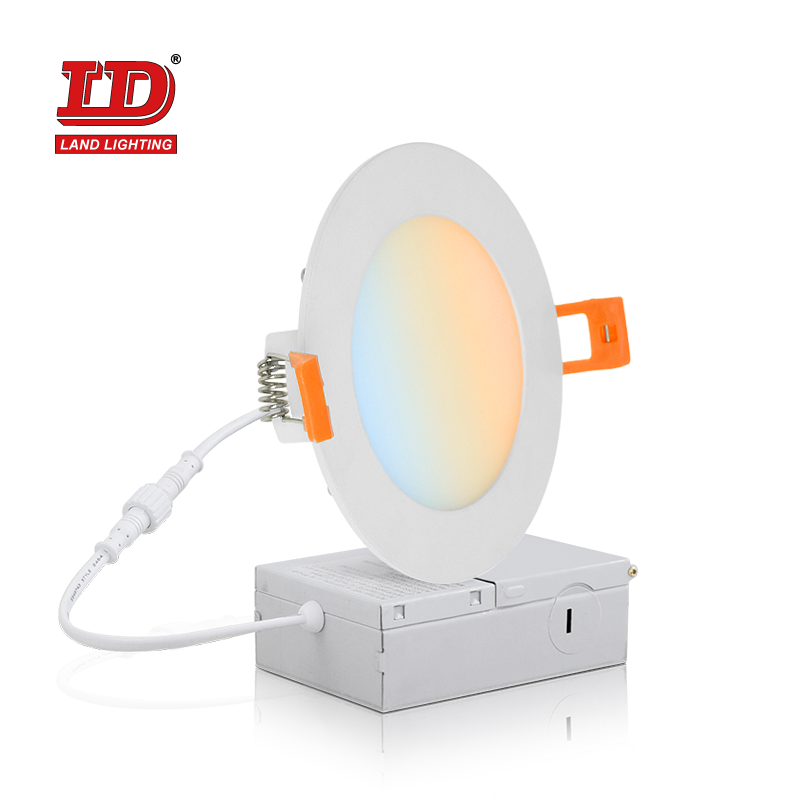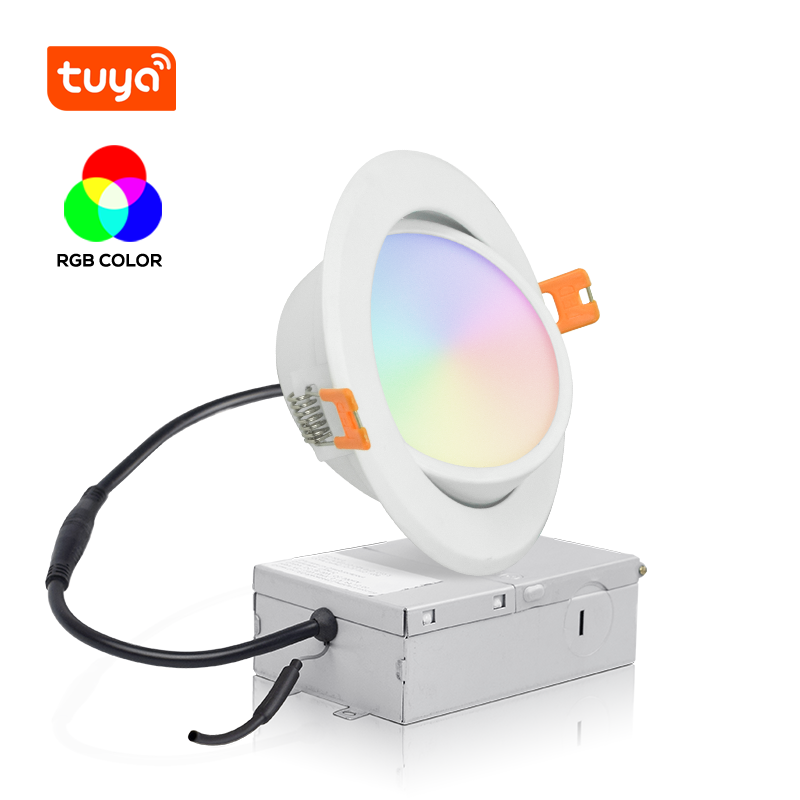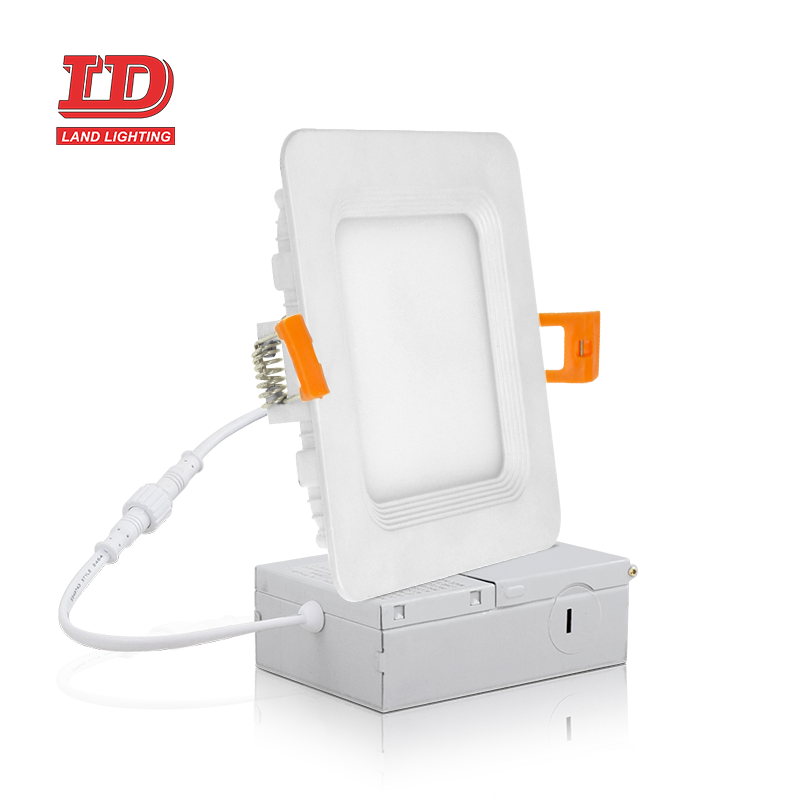Are Led Lights Safe for Babies
Like the old, babies are also quite sensitive to blue light from LED fixtures. However, LED light doesn’t directly pose any harmful health effects on children.
But:
You should note that kids find blue-emitting LEDs quite dazzling and may end up staring at the fixtures for quite some time.
And while occasional glances are harmless, continuous exposure to blue light from LEDs can gradually lead to retinal damage.
Therefore, just to be safe, only use warm temperature LEDs that emit very little blue light in rooms where babies spend most of their time.
And if you are wondering:
Are LED lights safe to leave on in a child’s bedroom?
The answer is YES but only if the fixture is a low-intensity (dim), warm temperature LED light.
Up to this point, we’ve talked so much about Blue Light throughout this post, but here’s a quick summary of everything you need to know about it:
How Harmful Is Bluelight?
Light is not always what you see – it’s often much more complex than you can imagine.
Natural (white) light is the best and most common type of light we all know about.
But, in actual sense, it is usually a combination of several different colors.
Sunlight contains orange, yellow, green, red, and blue light colors – and when combined come out as white light.
So, yes. Even sunlight exposes you to a great amount of blue light every day.
Also, blue light is present everywhere.
Nowadays, people get exposed to blue light from things like:
Smartphone screens.
Computer screens.
TV sets.
Street lights.
LED lights and so much more.
In a sense, you cannot avoid blue light exposure.
Contrary to popular belief, blue light isn’t always that bad.
In fact, it’s an essential necessity that helps to maintain your body’s circadian rhythm.
Well, it suppresses the production of Melatonin and triggers the production of the Melanopsin hormone that’s often responsible for keeping you alert after you wake up in the morning.
However, our bodies are designed to stay alert for a specific amount of time in a day.
And that’s why a lot of the Melatonin hormone is often produced between afternoon and evening hours to prepare our bodies for resting (sleeping) at night.
Where does the problem come in?
Seeing as Blue Light suppresses the production of Melatonin, when you get continuously exposed to lighting fixtures that emit a lot of blue light at night, your body fails to prepare to rest.
When you couple your body’s unpreparedness with the fact that your Melanopsin levels are high because of the presence of blue light, it causes you to stay alert/awake for long instead of falling asleep naturally.
And when that happens, you may start experiencing a number of sleep-related health problems.
That’s why it is not advisable to stay exposed to blue light for long hours at night.
You should try to limit your exposure by:
l Using high-intensity, cool temperature LEDs for shorter periods.
l Or – if you have to stay up for long at night – use warm temperature LEDs that emit little blue light for lighting.
l Avoid looking directly into your LED light fixtures at night.



